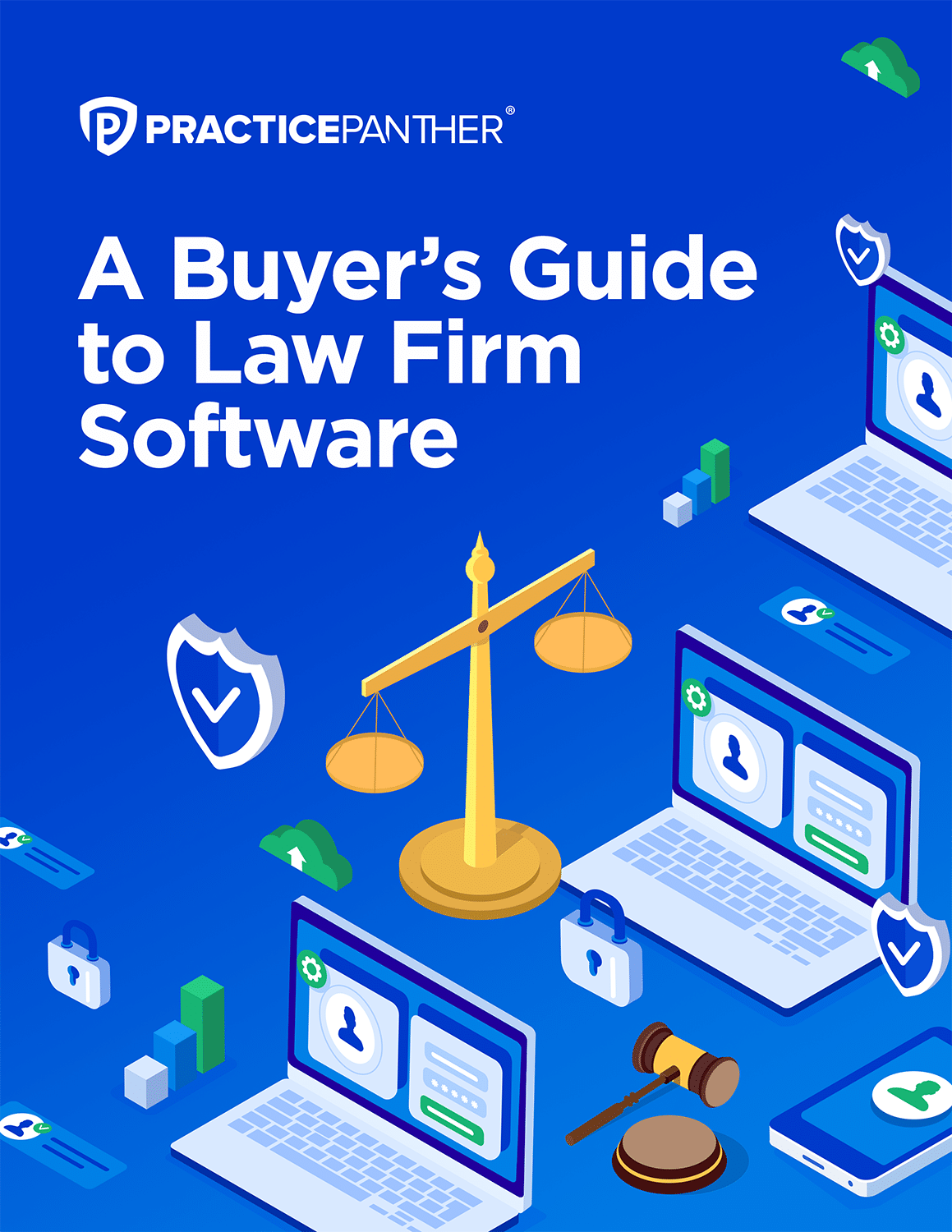In today’s world of instant gratification and text savviness, lawyers should consider changing the way they communicate with clients. Some people detest answering calls, and with the rise of robocalls, this aversion is only getting worse with all generations. Add in the fact that today’s consumer expects a response within seconds, it’s clear that text messaging is becoming the new way of communication for most businesses.
For lawyers that are accustomed to emailing their clients, this may come as a curveball. Especially, considering that the legal industry has an average open rate of 18.30 percent for emails. Phone calls and emails are no longer the preferred method of communication, which is why you should be texting your clients.
Benefits of Texting
Marketers have been studying the effectiveness of text messaging and spreading the news of its benefits so much that 62 percent of business marketers plan to use automated text messaging in the next year. What is it that has these marketing experts so convinced?
- Change of Preference – The vast majority of consumers prefer to communicate via text instead of calls or email. If a business is trying to send a message to prospects, it’s important to know it’s actually going to be seen.
- Faster Delivery – When time is of the essence, delivering a message via text is the fastest way to ensure your recipient sees your communication. Email open rates are at an all-time low, so those messages may go days without being seen, if they’re seen at all.
- Faster Response – With faster delivery comes faster response times. Studies have shown text response rates are eight times faster than that of email.
Business Text Messaging
Business owners have already started incorporating text messaging in both their marketing and client retention strategies. Studies have shown that the new generations will ignore calls, even from known contacts, and typically only use email to reset passwords and register for services. As a workaround, businesses are enlisting the help of text messaging services to reach out to potential customers.
Instead of only investing in generating prospects, more and more businesses are using technology to help retain customers by enabling text help and communication. This feature is often embedded on the business’s website and allows the customer to text a business directly from their phone for quick, personalized help.
Text messaging has increasingly grown in popularity across several industries. Studies show that businesses that respond to a customer’s inquiry within five minutes increase their chances of converting that prospect by nine times. In addition, studies show that the majority of consumers will go to the business that responds first, regardless of affiliation, pricing, or worthiness.
With statistics like this, industries across the spectrum are seeing the need for lightning-fast responses which can only be achieved through text messaging. The legal industry is no exception.
Text Messaging for Lawyers
The legal industry is not one that has historically been quick to respond to change, so it’s no wonder that some lawyers are hesitant to adopt text messaging in their communication process. Common objections to this method of communication seem to be propriety and confidentiality, while others are admittingly stuck in their old ways.
While the third issue is difficult at best to overcome, there are clear solutions and arguments for the first two which are detailed below.
Is It Appropriate to Text Clients?
This question comes up often when lawyers are trying to decide if text messaging is a professional mode of communication. However, instead of viewing it from a proprietary standpoint, a lawyer should be asking the legal duty they have to communicate to their client efficiently. As the younger generations are coming of age and becoming clients, it’s important to adapt to their preferred mode of communication.
If a client only has a cell phone and no easy access to email, the lawyer should accommodate the client and reach out to them in the best way possible. For most, that means adopting text messaging as a primary mode of communication.
Are Text Messages Confidential?
Text messages may not be confidential in nature, creating challenges for texting clients. Instead of avoiding text messaging due to this potential issue, lawyers should ask their clients to use screen locks and other security features on their phones. In most cases, clients are just as dedicated to protecting their privacy as their lawyer.
While expectations should be discussed in advance, it’s easy for conversations to slip into gray areas. If a conversation may be veering into a confidentiality issue, the lawyer may suggest switching to a phone or in-person conversation.
Best Practices for Text Messaging Clients
As lawyers make the transition to using text messages more often, the standards for best practices will grow. Thus far, the top tips for texting clients include:
- Adopt a legal practice management software, like PracticePanther, that provides users with a business number to text clients within the platform and safely stores all correspondences with each contact.
- Never negotiate terms of attorney-client relationships or anything that feels like a grey area. Remember: business text messages are supposed to be quick and informal.
- Discuss expectations and appropriate topics for texting. Make sure clients understand some topics are off-limits for text messaging and should be saved for in-person meetings.
Keeping with the Times
While many lawyers may remember calling their client’s on-wall-mounted phones and landlines, times have quickly changed. The legal industry has to get on board if it’s going to serve clients effectively and retain clients.
Despite the concerns, the benefits of text messaging outweigh the cons, and law firms will likely see an increase in client retention and improved communication once they adopt text messaging. With a minimal upfront effort, lawyers can start texting their clients while maintaining confidentiality and professionalism, allowing clients to receive the best, and most convenient, representation possible.




